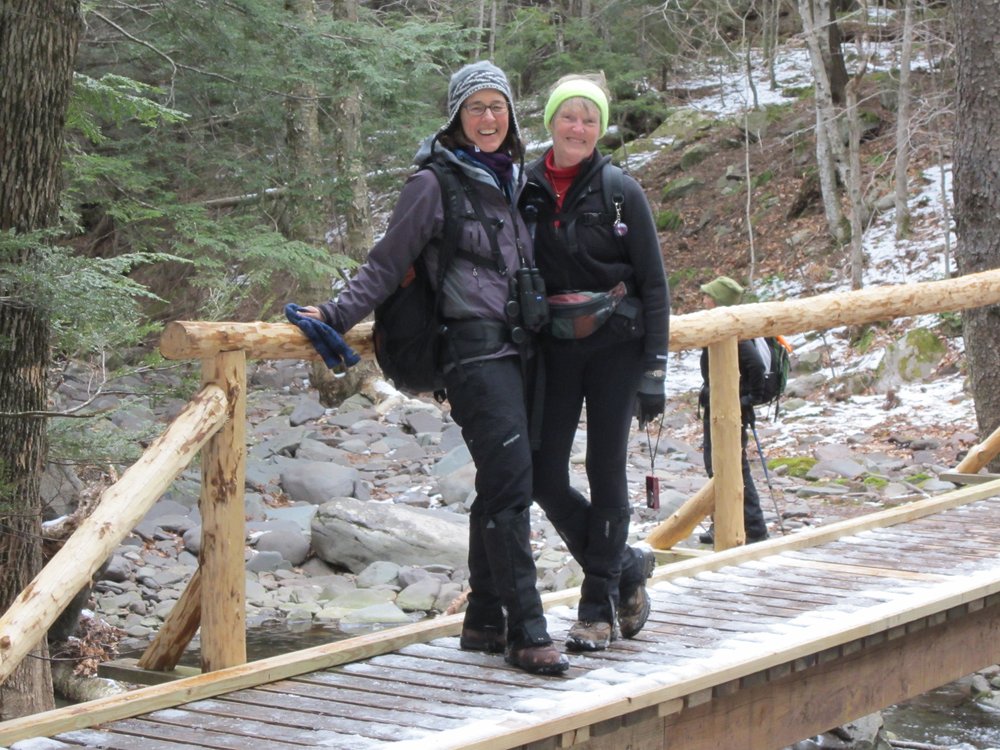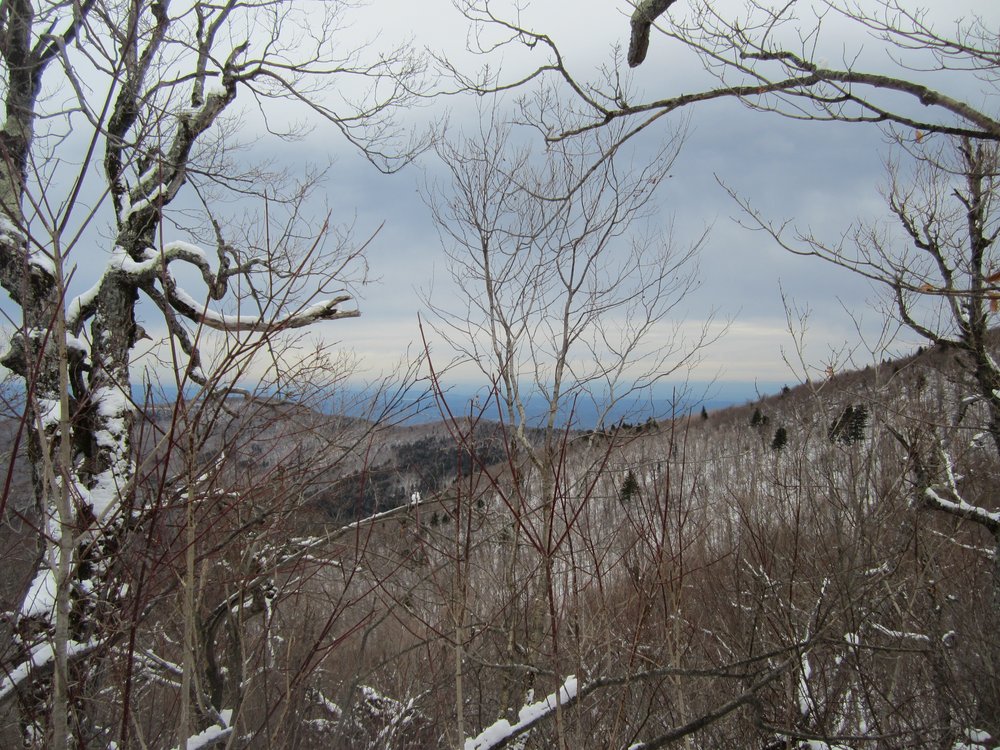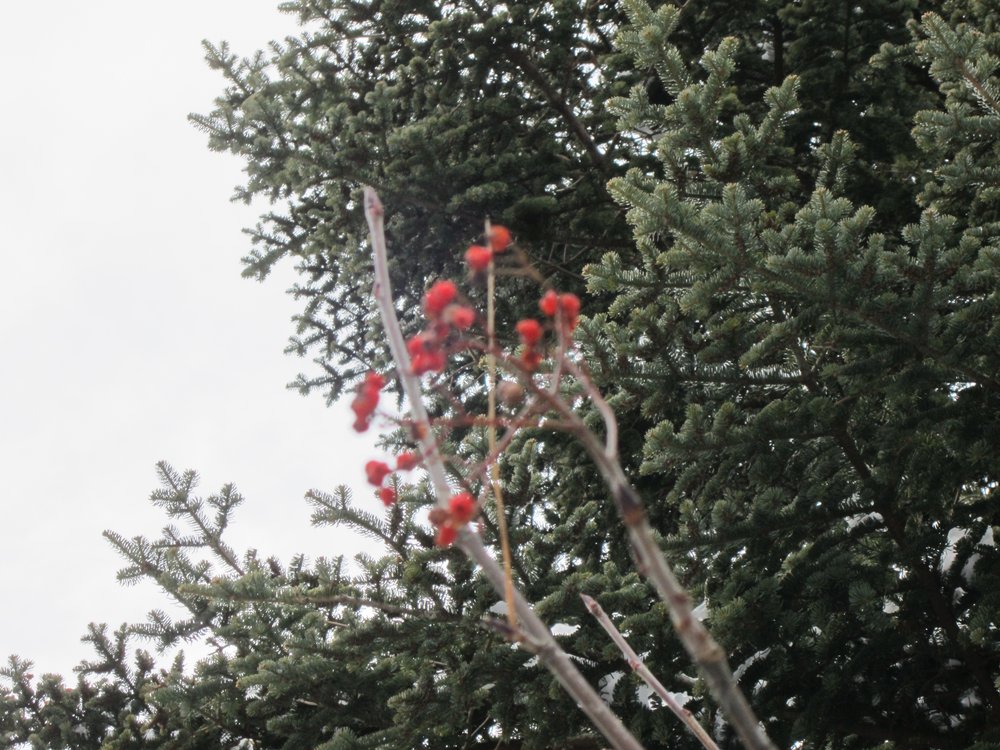
And then there are the other lists in my life. The list of climbs I have scaled—this exists only in my mind. The list of mountains I have climbed in the Catskills. There are 35 over 3,500 feet and getting up all of them is a vague goal of mine. But I can never keep track of what I’ve done and so that list is both incomplete and inaccurate. The list of birds I have seen. This is a list that birders take seriously. But once again my keeping track is haphazard. Some days I come home from birding and carefully highlight the new bird in my Sibley’s and mark the date and place. But often I forget. I get home and make tea and go on with my busy life. Somehow I think I would be a better person if I could keep these lists; keeping track of my climbs, my mountains, my birds would be tending to my life. And that attention would make me more focused, more attentive to detail. Would life be neater if these lists were in order?

A few days before, eight birders had trudged to the summit of the mountain in an attempt to re-find the bird. They were all expert birders and what they came up with was a robin on the summit. This big “dip,” as a birder would say, didn’t discourage me. I would find the bird.
The road into the trail head winds through the isolated and rather quaint town of Maplecrest. In these remote towns I wonder how people make their living. Some are farming, but most houses stand lonely, seemingly braced to weather a Catskill winter. The road out of town passed by an image of hurricane Irene-related destruction: houses stood cock-eyed near the creek that had expanded to four times its usual width. The pile up of boulders and trees was frightening to see, the force palpable months later. The rising, rushing water had killed one elderly woman in Maplecrest. Many of these Catskill towns are still reeling from the storm—rebuilding bridges, roads, and houses.
At the trailhead we layered on our clothes, which we then systematically took off as we started to climb. This winter, we can agree, has been spookily mild and there was but a dusting of snow on the ground. Still, it was slick and when I went down the first time I put on my micro-spikes to help me climb. At a saddle, our group parted ways, some heading for the summit of Blackhead (a peak some needed), while my friend Mary and I went for the summit of Black Dome. “Don’t worry, I’ll be quiet,” Mary promised. We had been chatting away up the hill, but I had kept an ear cocked for any sounds. All I got was silence, and a few Black-capped Chickadees.

The summit was eerily silent. We walked slowly, pished from time to time, listened, looked. If the bird wasn’t here, where might it have gone? And then out of the corner of my eye, I saw a bird fly into a spruce tree. “I saw it too,” Mary (not a birder) confirmed. She stood on the path while I walked through thick bushes toward the tree. The bird flushed and Mary pointed to where it had vanished. We compared notes on size and color—it had to be the bird!--and I felt my blood tingle with a just miss.
We settled in to eat some lunch, hoping the bird might return. But after twenty minutes of loitering we were cold and the woods were silent.
Soon, we headed downhill. I had added nothing to my lists, not a new bird or a new peak. Yet when we arrived at the car I felt that familiar elation of a day spent outdoors, of cold and exercise and wind making my blood flow, my ideas warm.
My bird list will remain messy and incomplete, like all of my lists. Perhaps in fact that is the nature of a list, to be a process, to be unfinished, to always have more I want to see or do or experience. What I can say is there are no regrets as there is nothing like a day spent among trees, my senses alert, looking but not finding a rare bird.